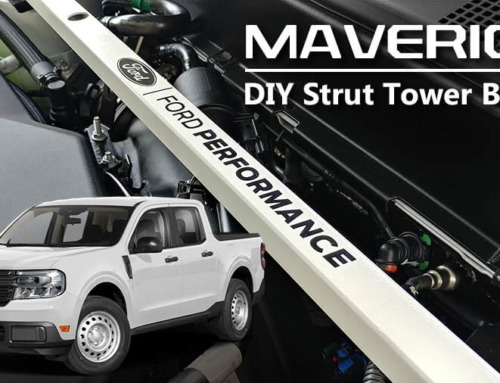If you are looking to build a circular saw crosscut sled for either a corded or cordless circular saw, I hope I can offer some inspiration and ideas with this post! The circular saw crosscut sled is one of those woodworking shop tools that you either love or hate! I can see the point of both sides of the argument, but I think that regardless of your skill level or shop size, there is a place for an accurate circular saw crosscut sled. First, they are quite mobile, and second I find it quite useful for small parts requiring a lot of cutting a fitting. I guess it all boils down to the type of work you do.
I decided to build a circular saw crosscut sled because my garage workspace is not complete; I don’t have my table saw set up yet and need better means other than a ripping fence to complete the task. One of the first projects you will see me build with this circular saw crosscut sled for my Ryobi – P505, 18 Volt One+ cordless circular saw is the cart for my table saw. One that is not a “true” table saw but rather a contractors’ saw, which I am converting to a table saw! More than likely, I’ll use it to build the in-ceiling subwoofer for the living room as well! These are just a few of the projects that are ideal for this simple device. If you are limited in space, I strongly suggest you consider making a circular saw crosscut sled.
Making a Circular Saw Crosscut Sled
There are several design typologies for a circular saw crosscut sled. I have seen examples of everything ranging from cylindrical bearings and shafts like you will find in a large vertical ripping saw to wood tracks. I am sticking with what has worked for me before, and that is tracks made from angle metal. With the Ryobi – P505, 18 Volt One+ cordless circular saw weighing about 5 lbs, I think that aluminum will do! The material list is as follows!
- 1X – 2’X4’X.750″ Sanded Plywood Sheet
- 4X – 1″X2″X8′ Selected Pine pieces
- 2X – 1″X1″ X36″ Aluminum Angles
- 1X – 1″X36″ Flat Aluminum Stock
- 2X – 2″X36″ Flat Aluminum Stock*
*I am using 2X.125″ pieces because the pieces I had were thin. A single .250 piece is a better option!
Because stock metal is rarely to spec lengthwise, I started by marking and cutting the 2X4 plywood sheet to the length of the aluminum angles. I also cut two pieces of selected pine to the same size. I then proceeded to cut four pieces of selected pine to the width of the plywood sheet. Know that I cut all these pieces by making pencil marks, not taking dimensions with a tape measure! That is because all of these stock pieces are either a little longer or shorter than specified. If I were making a piece of furniture, I would probably start by making sure every piece was up to spec dimension wise, but since this project’s overall width and height is not critical, I did not bother.
The assembly is very straight forward. The goal is to have two guides where the circular saw tracks with as little play as possible. I started by gluing and screwing together the four short pieces of selected pine that make the top and bottom support for the tracks. After letting it dry for an hour or so, I went ahead and made a 3/16 chamfer on one of them with the router table. This one will be the one at the bottom of the sled. The chamfer is needed so that sawdust that usually collects at the sled’s base does not alter the cut angle. With the two pieces glued and screw together, you can go ahead and mount them to the backboard.
With that done, the next step is to preassemble the tracks. I did this by gluing the guides to the long pieces of selected pine. I drilled the aluminum angle every six inches and used 5-minute epoxy and #6 flathead screws. With that out of that way comes one of the most significant modifications I had to do on this project. That is adding the two-inch extension to clear the battery. You need to see the video to have an idea of how to put this together. Basically, what I did was drill and tap the three extra pieces of aluminum every six inches, fastened the with .250″ 8/32 flathead screw, and lock-tide.
After completing the two tracks, it came time to tune the sled. I fastened the lower part of the left track to the bottom support, and after checking it with a large square, I used a C-Clamp at the top to hold it while I checked. I have to say I have never been so lucky. After checking for squareness, with the 5-cut methods, I was about 1/32 off. I little tap with the hammer, and that 1/32 became 1/64! Considering what I will be using this circular saw crosscut sled for, I think that is good enough. I proceeded to fasten the second set of screws at the bottom and top and call it a day!
As always, I hope you were able to gain some inspiration from this project, and I look forward to having you as a subscriber at the Cuban Redneck DIY Channel. Don’t forget to follow us on Facebook!





